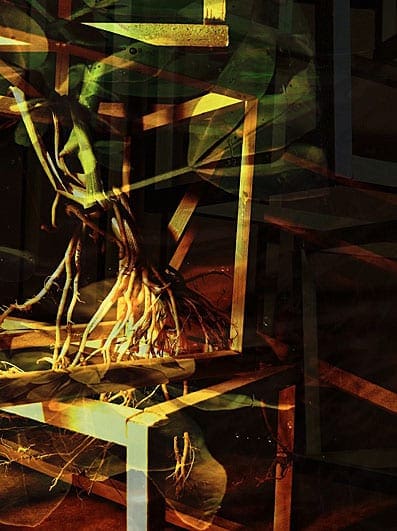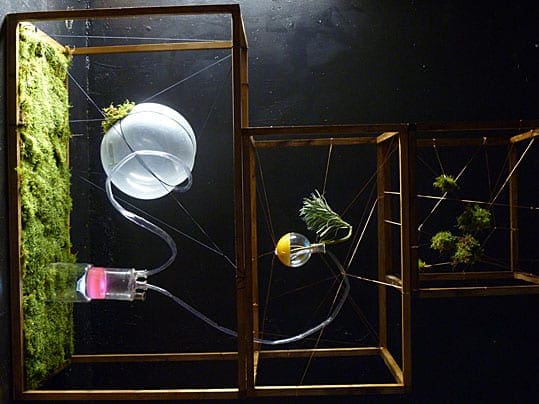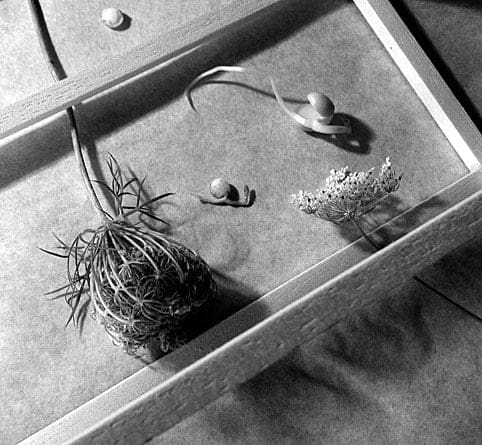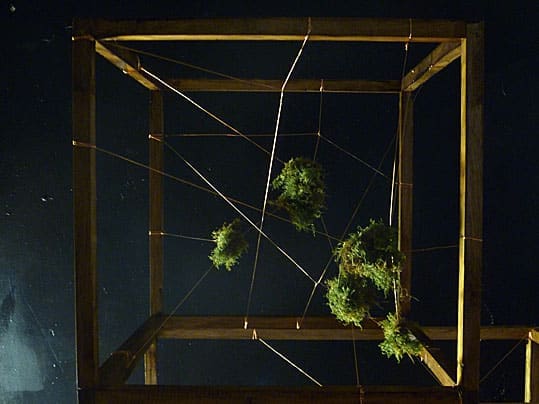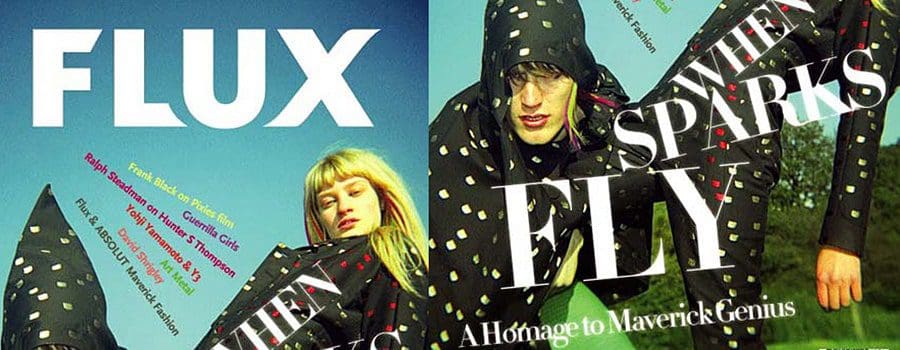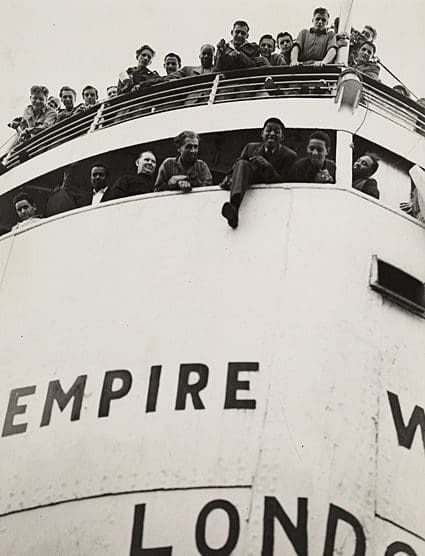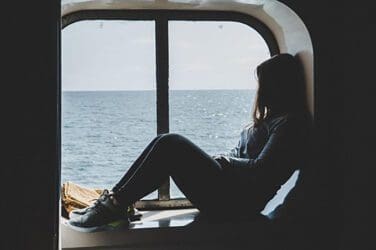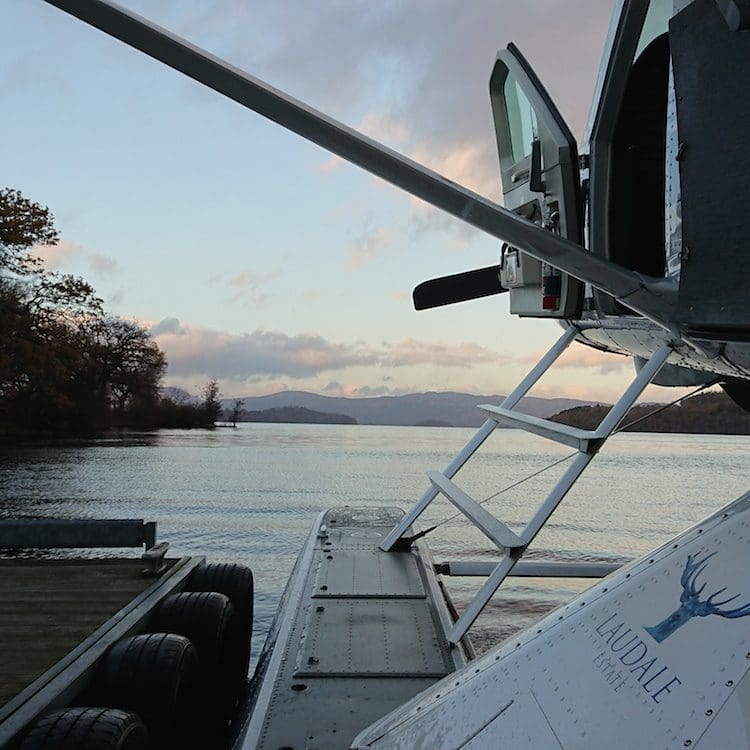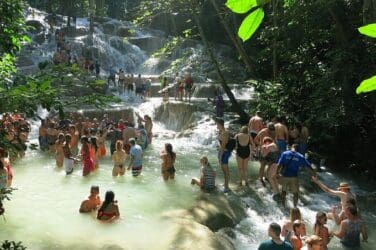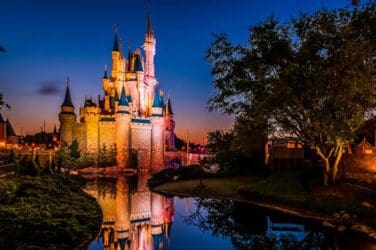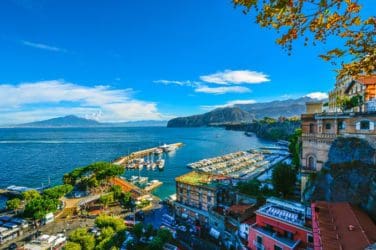Sean Rogg is a tough man to track down. After several failed attempts to phone him I receive a call from a random number an hour or so later and a disembodied voice introduces itself as Sean.
Amidst the weak signal, crackling in the background, and the dying phone battery, he discusses the intricacies of his latest work, The Waldorf Project, a collaborative project that involves performance artist Sean directing a group of artists, dancers and designers, in order to create an immersive, sensory experience of food and art. It will be taking place over five nights in east London’s Netil House and will be the first in a series (hence its title ‘Chapter 1’).
Sean makes an interesting interviewee subject as he doesn’t really explain anything. Instead he weaves a narrative, dropping hints and flashes of information and suddenly halting for fear of ‘giving too much away.’ Sean has given me a riddle which I’m still trying to work out. The following is the information I have managed to uncover thus far:
Sean is not a chef. The Waldorf project is not a restaurant.
‘In high gastronomy restaurants such as The Fat Duck I found that the artist was the chef and the art was the food; those were the boundaries of the performance. I’m trying to push those boundaries out.’
What is a muskmelon?
The Japanese muskmelon acts as a metaphoric ideal for what this performance will be. ‘It starts off as a regular melon then given such intense human care that, without any genetic modification, it becomes the perfect fruit.’
How to create a muskmelon:
‘Special white cotton gloves are used to massage the skin quite brutally in order to encourage the skin to crack and to heal itself. As it does so it releases enzymes in the fruit that increase the sugar levels so it becomes a sweeter, more intensely flavoured fruit.’
No muskmelons will be served at this event. Sean believes that he and his fellow artists have created their own version: a heightened form of dining. Developing this has not been an easy process it is the work of six months, testing and re-designing until they have the perfect product.
Andrew Stellitano and Blanch & Shock catering design the food itself. They will be ‘playing with geometry and architecture on the plate, changing the way things can look.’ Sean does not want guests to analyse the food itself, stating ‘there is no menu. This is my decision as an artist to do that.’ He instead advises guests to let go and ‘enjoy the surprise of what’s on the plate rather than thinking, “this is a piece of duck and this is a piece of cabbage.” Each dish is a ‘riddle to unravel on an artistic level.’
Although Sean doesn’t want the evening to feel ‘too directed’ and the event has a certain freedom from not being part of the restaurant framework, Sean has implemented his own rules:
-> Guests are only allowed to dine in pairs.
-> No vegetarianism or any other dietary requirements will be catered for:
Sean encourages guests to ‘surrender’ to the experience. Whilst the chef is no longer in charge, Sean leaves us in no doubt of his right to assert his authority as an artist. He wants guests to have a particular experience of dining and these rules are necessary to bring it into being.
At this point in the conversation Sean’s phone cuts out.
Five minutes later he calls again on a different number because, he tells me, his phone battery died. Sean moves on to discussing the wine, provided by a wine and art collector. This will be ‘library stock wine,’ he says. Sean enthuses that ‘normally you’d never be able to find this wine and if you could, it would cost you are fortune.’ Somewhat uncharacteristically from what he has told me thus far, Sean uses the animated film Ratatouille to explain how food and wine should work together: ‘there’s a scene in which the chef says ‘a little bit of strawberry or a little bit of white chocolate can each be amazing on their own but if you put them together then it’s sublime.”’ He wants to give both wine lovers and wine novices an experience of great food and great wine together, hoping it ‘will unlock new experiences.’
Choreographer Imogen Knight has been working on how the food is served; ‘the choreography extends to how the food is transported to the table. Rather than waiting at the tables for the food to arrive, guests will be watching the food arrive.’ The set, designed by Gina Geoghegan, includes a huge hydroponic garden, which the guests will be encouraged to explore. This landscape will be combined with a soundscape designed by Walls who will be matching sound textures to the food, including the sounds made by the vibrations of a giant crystal.
Each of the six courses will be a ‘chapter in a story’ and ‘as the story progresses the food will change, the performance will change, the sounds will change and the environment will change.’ Every aspect of the event has been designed to work together. Its success of seems to rely on the co-ordination of these different elements to create a multi-sensory experience.
Chapter 2 is already in the early stages of development and is estimated to happen in March. Sean is keen for this idea to continue, creating a group of people who want to explore both gastronomy and immersive theatre.
Why is it called The Waldorf Project?
His response is predictably cryptic: ‘I could say you’ll find out on the night… telling you would spoil the surprise.’
I decide Sean has told me as much as he is going to. ‘If you want to find out more I would recommend going to the event. Call me after?’ I’m still intrigued.
For more information on the arts & food festival London go to www.waldorfproject.com
words Helena Goodrich


